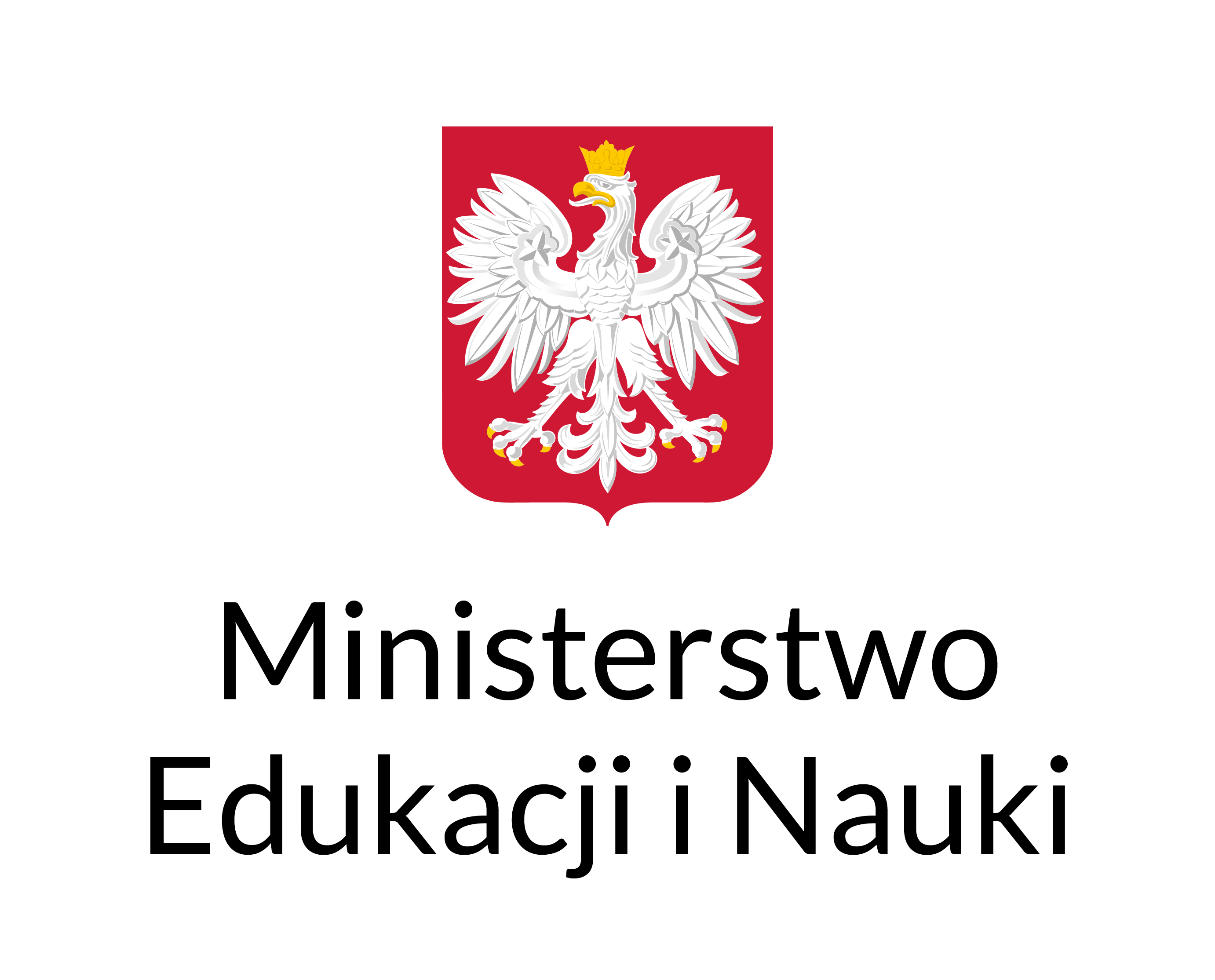The Challenges of the “Ever Closer Union” Concept and the Protection of the Sovereignty and Constitutional Identity of EU Member States
The Role of National Constitutional Courts and the EU Court of Justice in the Post-Westphalian Order of the Union
Abstract
The concept of an “ever closer Union” has been central to the European project since the Treaty of Rome in 1957. Initially focused on unity among European peoples, subsequent treaties have nuanced this idea, emphasising open and citizen-centric decision-making. This paper explores the evolving dynamics within the European Union, especially regarding the marginalisation of the European Parliament, recurring financial crises, and challenges in freedom, security, and justice. Recent geopolitical events, such as the war in Ukraine, intensified migration, and terrorist attacks within the EU, have catalysed these conflicts, prompting a renewed emphasis on national sovereignty. Against this backdrop, the paper analyses the shifts in the EU’s constitutional framework, considering the Treaty of Amsterdam's addition of transparency and proximity to citizens. The Treaty of Lisbon reaffirmed the commitment to an “ever closer Union,” aligning decisions with citizen concerns. However, crises, particularly those triggered by external events, have led to a re-evaluation of these principles. The paper contends that the EU’s responses to crises have revealed tensions between supranational integration and member states’ desire to safeguard national interests. As the Union navigates these complexities, understanding the evolving role of institutions like the European Parliament becomes crucial. By examining the interplay of sovereignty, crisis response, and institutional dynamics, this paper contributes to the broader discourse on the future trajectory of the European Union.
References
Arnaiz, A.S., Llivina, C.A. (eds.) (2013) National Constitutional Identity and European Integration. 1st edn. Intersentia.
Blagojević, A. (2017) ‘Procedures Regarding National Identity Clause in the National Constitutional Court’s and the CJEU’s Case-Law’, EU and Comparative Law Issues and Challenges Series (ECLIC), 2017/1, pp. 210–237; https://doi.org/10.25234/eclic/6529.
Bofill, H. L. (2013) ‘What is not Constitutional Pluralism in the EU: National Constitutional Identity in the German Lisbon Decision’ in Arnaiz, A.S., Llivina, C.A. (eds.) National Constitutional Identity and European Integration. 1st edn. Intersentia, pp. 221–242.
Brack, N., Coman, R., Crespy, A. (2021) ‘Sovereignty conflicts in the European Union’ in Brack, N., Gürkan, S. (eds.) Theorizing the crises of the European Union. 1st edn. London and New York: Routledge, pp. 42–62.
Cloots, E. (2015) National Identity in EU Law. Oxford: Oxford University Press; https://doi.org/10.1093/acprof:oso/9780198733768.001.0001.
Cooper, R. (2004) The Breaking of Nations: Order and Chaos in the Twenty-First Century. London: Atlantic.
Drinóczi, T. (2018) ‘La identidad de la Constitución y la identidad constitucional: apertura de discursos entre el Norte Global y el Sur Global’, Iuris Dictio, 2018/21, pp. 63–80. https://doi.org/10.18272/iu.v21i21.1138.
Drinóczi, T. (2020) ‘Constitutional Identity in Europe: The Identity of the Constitution. A Regional Approach’, German Law Journal, 21(2), pp. 105-130; https://doi.org/10.1017/glj.2020.1.
Fiott, D. (ed.) (2021) European Sovereignty. Strategy and interdependence. Paris: EU Institute for Security Studies [Online]. Available at: https://www.iss.europa.eu/sites/default/files/EUISSFiles/CP_169.pdf (Accessed: 30 November 2023).
F.M. Besselink, L. (2010) ‘National and constitutional identity before and after Lisbon’, Utrecht Law Review, 6(3), pp. 36–49; https://doi.org/10.18352/ulr.139.
F.M. Besselink, L., Claes, M., Imamović, Š., Reestman, J. H. (2014) National constitutional avenues for further EU integration [Online]. Available at: https://www.europarl.europa.eu/RegData/etudes/etudes/join/2014/493046/IPOL-JURI_ET%282014%29493046_EN.pdf. (Accessed: 23 June 2023).
Jackson, R. (1999) ‘Introduction: Sovereignty at the Millennium’, Political Studies, Political Studies Association, 47(3), pp. 423–430; https://doi.org/10.1111/1467-9248.00210.
Kegley, Ch., W., Raymond, G. A. (2002) Exorcising the Ghost of Westphalia Building World Order in the New Millennium. 1stedn. New Jersey: Prentice Hall.
Krajewski, M. (2017) ‘A way out for the ECJ in Taricco II: Constitutional identity or a more careful proportionality analysis?’, European Law Blog [Online]. Available at: http://europeanlawblog.eu/2017/11/23/a-way-out-for-the-ecj-in-taricco-ii-constitutional-identity-or-a-more-careful-proportionality-analysis/ (Accessed: 10 November 2023).
Krasner, S. D. (1996) ‘Compromising Westphalia’, International Security, 20(3), pp. 115–151; https://doi.org/10.2307/2539141.
Kreuder-Sonnen, C., Zangl, B. (2015) ‘Which Post-Westphalia? International organizations between constitutionalism and authoritarianism’, European Journal of International Relations, 21(3), pp. 568–594; https://doi.org/10.1177/1354066114548736.
Lehne, S. (2022) The EU and the Creative and Destructive Impact of Crises [Online]. Available at: https://carnegieeurope.eu/2022/10/18/eu-and-creative-and-destructive-impact-of-crises-pub-88145. (Accessed: 26 June 2023).
Lefebvre, M. (2021) Europe as a power, European sovereignty, and strategic autonomy: a debate that is moving towards an assertive Europe. Robert Schuman Foundation. European Issues 582.
MacCormick, N. (1999) Questioning Sovereignty: Law, State and Nation in the European Commonwealth. 1stedn. Oxford: Oxford University Press.
Murillo-Zamora, C. (2021) ‘Independent States: A Perspective from International Relations’, Relaciones Internacionales, 94(2); pp. 141–160; https://doi.org/10.15359/ri.94-2.7.
Nicolaidis, K. (2013) ‘European Demoicracy and Its Crisis’, Journal of Common Market Studies, 51(2), 1–19; https://doi.org/10.1111/jcms.12006.
Paris, D. (2017) ‘Carrot and stick. The Italian constitutional court’s preliminary reference in the case Taricco’, Questions of International Law, 2017/37, pp. 5–20 [Online]. Available at: http://www.qil-qdi.org/carrot-stick-italian-constitutional-courts-preliminary-reference-case-taricco/ (Accessed: 30 November 2023).
Raz, J. (1995) ‘The Politics of the Rule of Law’ in Raz, J. (ed.) Ethics in the Public Domain: Essays in the Morality of Law and Politics. Oxford: Clarendon Press, pp. 370–378; https://doi.org/10.1093/acprof:oso/9780198260691.001.0001.
Rodrigues, M.J. (ed.) (2021) Our European Future. Charting a Progressive Course in The World [Online]. Available at: https://feps-europe.eu/wp-content/uploads/downloads/publications/our_european_future_ipdf%201.pdf. (Accessed: 10 June 2023).
Rzotkiewicz, M. (2016) ‘National Identity as a General Principle of EU Law and Its Impact on the Obligation to Recover State Aid’, Yearbook of Antitrust and Regulatory Studies, 9(13), pp. 43–60 [Online]. Available at: https://yars.wz.uw.edu.pl/images/yars2016_9_13/YARS_1016_9_13.pdf (Accessed: 20 November 2023).
Stumpf, I. (2020) ‘Sovereignty, Constitutional Identity and European Law’, Hungarian Review, 11(3) [Online]. Available at: https://hungarianreview.com/article/20200515_sovereignty_constitutional_identity_and_european_law/ (Accessed: 27 October, 2023).
Vandenbruwaene, W., Millet, FX. (2014) L’Union européenne et l’identité constitutionnelle des États membres. Paris: Lextenso editions et Karine Roudier.
Varga, Zs. A. (2020) ‘Role of constitutional courts in protection of national/constitutional identity’, Pázmány Law Working Papers, 2017/20, pp. 1–6 [Online]. Available at: https://plwp.eu/files/2017-20_VargaZs.pdf. (Accessed: 30 November 2023).
Vaughan, M. (2011) ‘After Westphalia, Whither the Nation State, its People and its Governmental Institutions?’ in Paper for Presentation at the International Studies Association Asia-Pacific Regional Conference, 29 September 2011 [Online]. Available at: http://tinyurl.com/msayt9u4 (Accessed: 30 November 2023).
Von Bogdandy, A., Schill, S. W. (2011) ‘Overcoming Absolute Primacy: Respect for National Identity under the Lisbon Treaty’, Common Market Law Review, 48(5), pp. 1417–1453; https://doi.org/10.54648/cola2011057.
Wallace, W. (1999) ‘The Sharing of Sovereignty: The European Paradox’, Political Studies, 47(3), pp. 503–521; https://doi.org/10.1111/1467-9248.00214.
Weiler, J. H. H. (2003) ‘In defence of the status quo: Europe’s constitutional sonderweg’ in Weiler, J.H.H., Wind, M. (eds.) European Constitutionalism Beyond the State. Cambridge: Cambridge University Press, pp. 7–23.
Copyright (c) 2023 Central European Academic Publishing

This work is licensed under a Creative Commons Attribution-NoDerivatives 4.0 International License.












